Siemens Gamesa, Vestas seek improved margins with new project
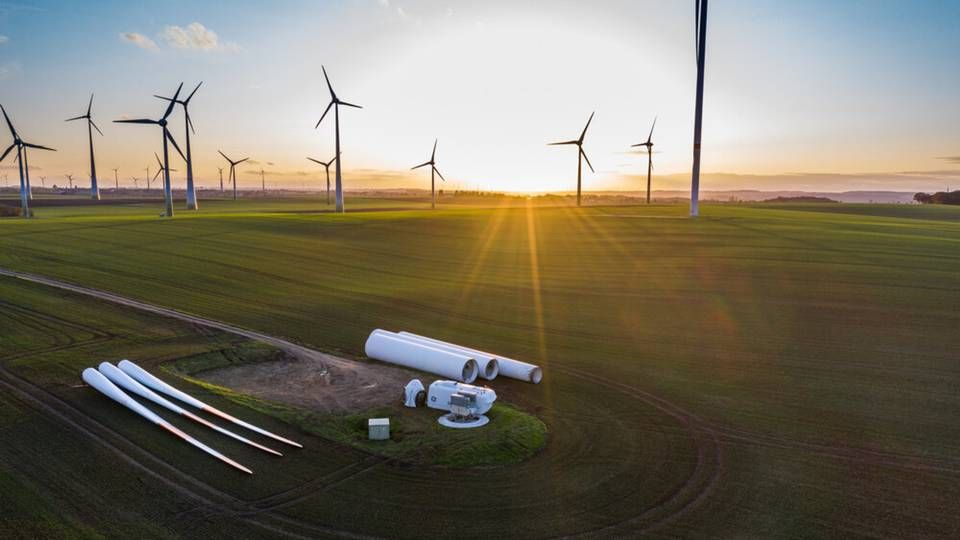
As the Coca Cola and Pepsi of the wind turbine manufacturing industry, Siemens Gamesa and Vestas are practically always in a direct face-off competing for market shares.
However, a new innovation project shows that the roosters of wind OEMs can also cooperate to the benefit of the whole industry based on the notion of a larger cake meaning bigger slices for everyone at the table.
The new project in question, Weldcast, is being facilitated by partnership organization Energy Cluster Denmark, and with participants such as Siemens Gamesa, Vestas, Force Technology, the Technical University of Denmark (DTU) and Baettr, the undertaking seeks to enable cast iron welding.
"If successful, this will have a massive impact on the whole sector. There are several areas where it will have an almost revolutionary effect," says Force Technology Vice President of Materials and Product Testing Søren Gothil Hansen.
According to Siemens Gamesa Offshore Research Manager Per Hessellund Lauritsen, the project will be a boon to the whole wind sector – which is why the German-Spanish group is collaborating with its arch rival.
"If we simply developed a new welding technique along with Force Technology and took the patent, the roll-out would be extremely difficult. We in the industry have started to cooperate more because common standards and technologies reduce the price of electricity generated by wind turbines down even further. We are competitors in certain areas, but concerning components and technologies we all use, the entire industry gains a competitive advantage against, for instance, solar power when we work together," Lauritsen says.
Energy Cluster Denmark Chief Executive Glenda Napier points out that an orchestra of many small solutions have brought wind technology to where it is today.
"Many small developments and innovations combined have cleared the path for decarbonization. When successful in markedly reducing the price of renewable energy, we come far toward reaching the green goals. The large cast iron elements in wind turbines are a suitable place to cut costs even further. It's positive that manufacturers have teamed up to develop new solutions that can get costs down even more," she says.
The critical percentages
The project is being financed with DKK 29.5m (EUR 3.97m) stemming from the Danish Innovation Fund and with a term lasting until March of 2024. The objective is to reduce the expense of making wind turbines by roughly 0.5-1 percent.
That might not seem like very much, but in step with wind technology's maturation, such critical percentages make the whole difference.
"When you open the hood on a car, you see the same electrical components across makes and models. Such cost reductions characterize a mature technology," Lauritsen says and continues:
"In terms of electricity price, this will entail a very modest savings, a fraction of 1 percent, because it's calculated over 25 years. Concerning that specific component, we're talking about a few percentages."
The challenge the project aims to solve is a welding procedure used for repairing joining cast iron used in components such as the hub. Welding cast iron is not an industrialized process today, nor is its application sufficiently well documented – which makes for a series of challenges.
In part, impurities in cast iron sections result in components needing to be made anew, and that a wind turbine must first be disassembled if the fault is first discovered after installation.
"Today, when we need to repair an element weighing 80 tonnes, we are obliged to scrap the part and make it from scratch. That's an awful way of doing things, both in relation to energy consumption, CO2 savings and price. If we could instead repair the imperfection with welding wire, there would be major savings, both in terms of carbon emissions and in hard currency," says Siemens Gamesa's offshore research lead.
Large wind turbines
Such a new welding technique could also enable production of cast iron elements in smaller sections.
"It would mean that tangible potential cost reductions tied to logistics and also possibly enable the installation of turbines in locations where doing so is perhaps not possible today. In step with turbines growing larger, the challenge has become proportionally larger," says Hansen from Force Technology.
Lauritsen from Siemens Gamesa also projects that the new welding technique could enable construction of even larger turbines at competitive prices.
"As wind turbines become larger, the potential supplier base also becomes smaller and smaller. If an element could instead be made in two sections and joined by welding rather than casting a single component, it would widen the supplier base and thereby lead to substantial cost reductions," he says.
Such benefits remain around four years on the horizon – pending the project's success, which is by no means a given, says Force Technology.
"Within welding technology, some things are difficult and others easy. We're confident that this can be done, but we are also aware that, in this case, we're dealing with the toughest of disciplines. We'll figure out exactly how difficult it will be in the coming years," Hansen says.
The short term
In the somewhat nearer future, the undertaking's participants expect to have a few new welding standards ready within the next half year that also carry the promise of slashing expenditure.
"Within the next 18 months, we expect to have developed uniform quality standards for cast [iron] elements, thereby allowing us at Siemens Gamesa, Vestas, GE etc. to place common metallurgy demands as well as make standardized guidelines for how to test elements and understand the results. This will also achieve cost reductions for all parties," Lauritsen relays and concludes:
"So, the long-term results will drive the project, but we also expect benefits in short term."
English Edit: Daniel Frank Christensen
European CCUS project selects Danish university to lead efforts
New energy cluster assembles all-star team
Green consortium gets funding for turbine blade recycling project
Researcher says bifacial solar will happen on large scale
Possible breakthrough tech moves to next stage: "We can't wait any longer"
Related articles
New energy cluster assembles all-star team
For subscribers

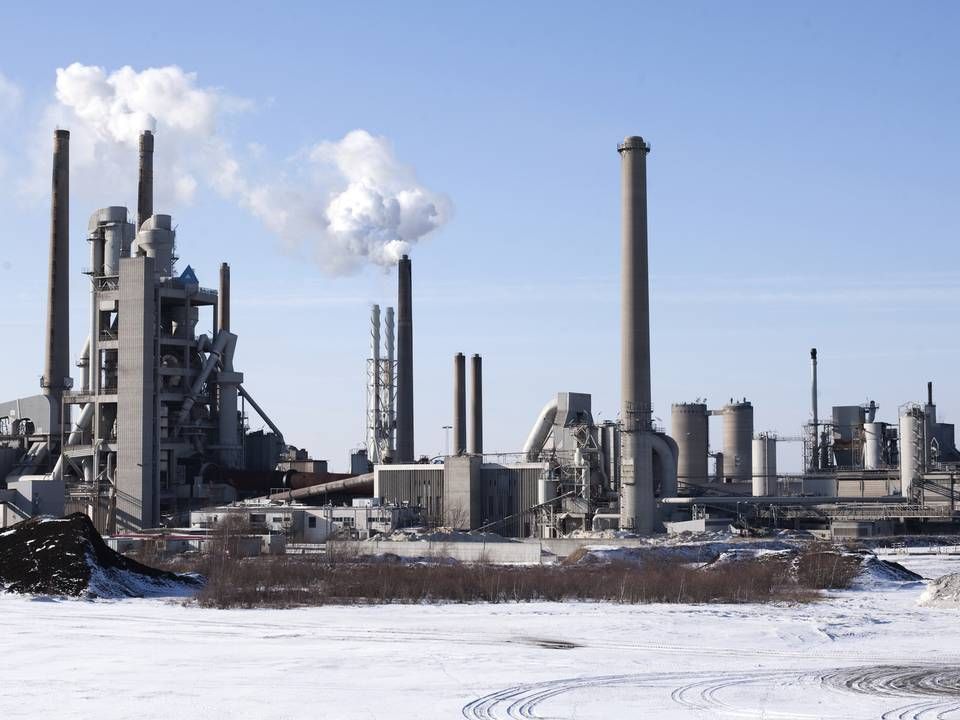
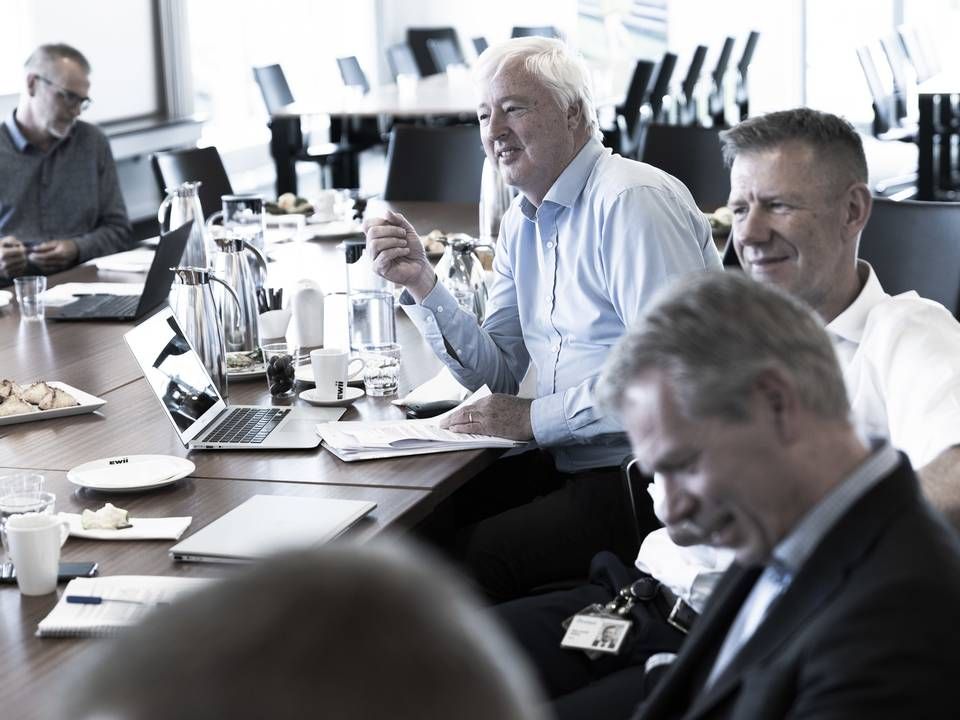
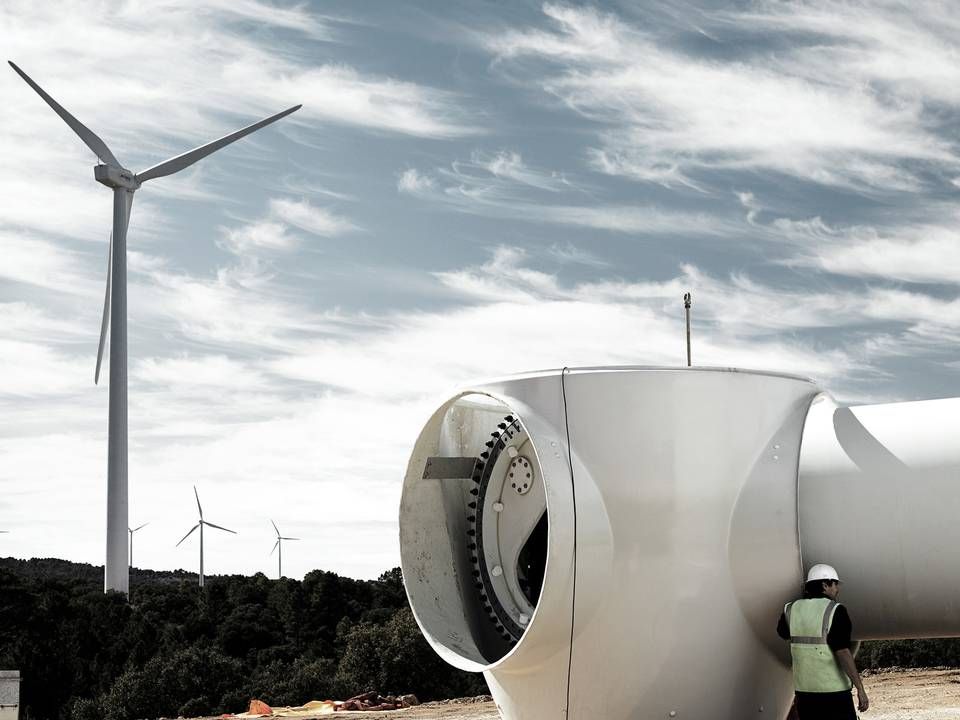














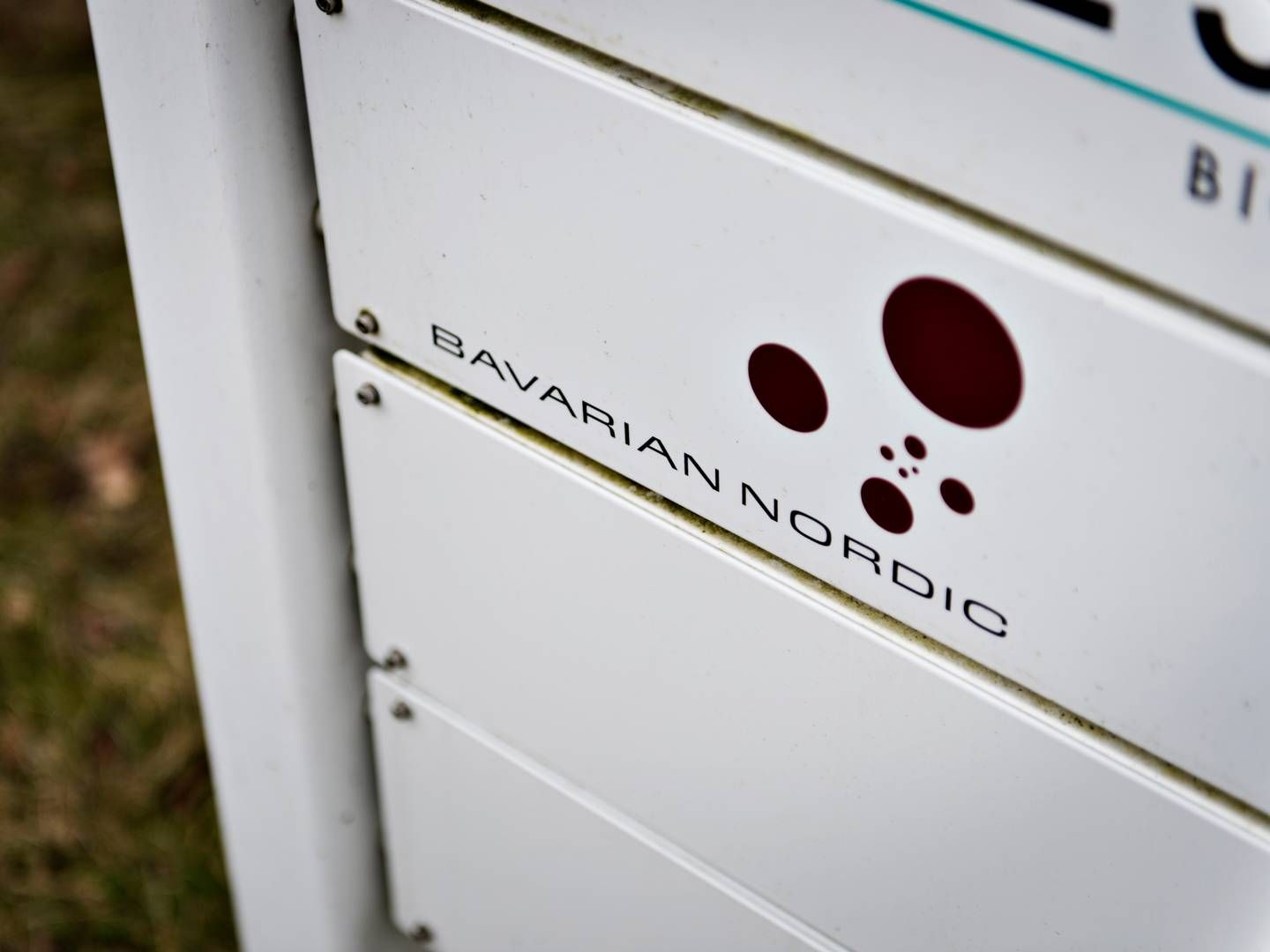




.jpg&w=384&q=75)

